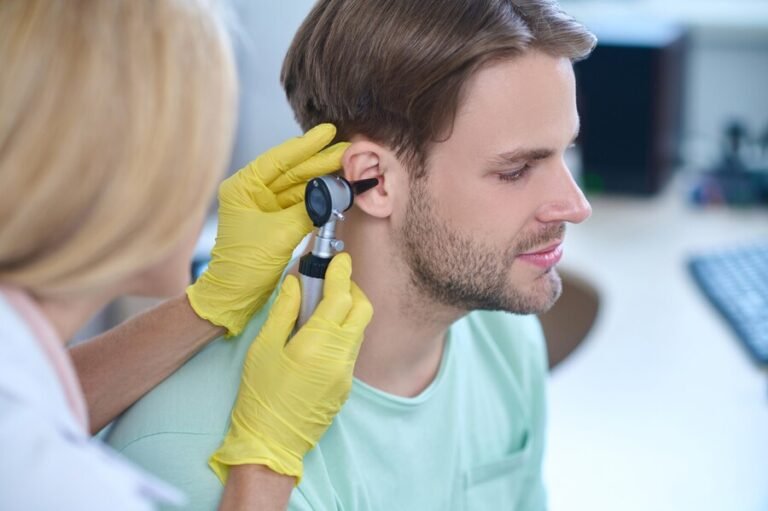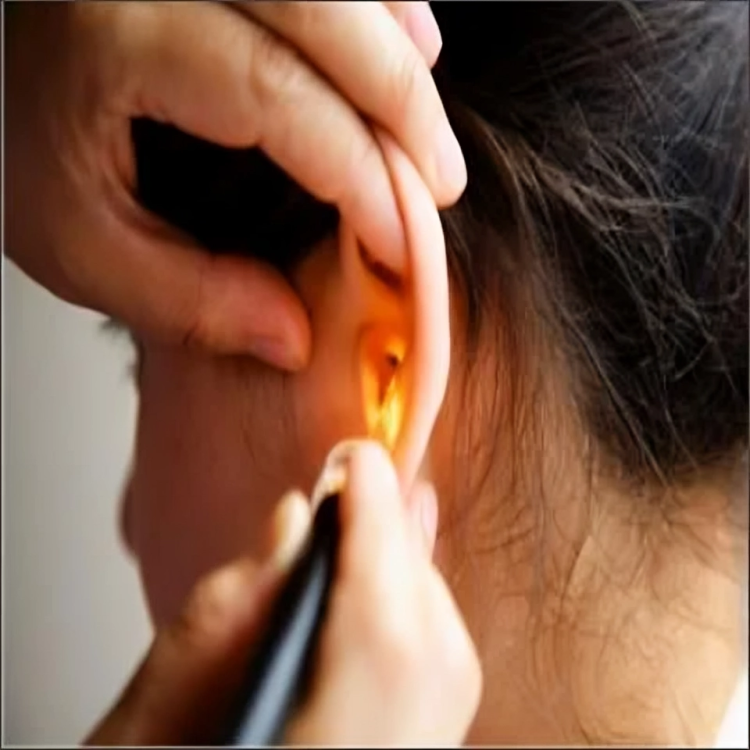Advances In Technology And Innovation In Micro Ear Surgery
In the field of otolaryngology, micro ear surgery stands as a testament to the remarkable strides made in medical technology and surgical innovation. Over the years, advancements in technology have revolutionized the way ear diseases and conditions are diagnosed and treated, leading to improved patient outcomes, reduced surgical risks, and enhanced precision in surgical interventions. From high-resolution imaging modalities to state-of-the-art surgical instruments, the landscape of micro ear surgery continues to evolve, ushering in a new era of excellence in patient care.
To know more about it please click here
Evolution of Technology in Micro Ear Surgery
The journey of technology in micro ear surgery began with the development of diagnostic tools such as the otoscope and the audiometer, which enabled physicians to examine the ear canal and assess hearing function. However, it was the advent of imaging techniques like computed tomography (CT) and magnetic resonance imaging (MRI) that truly transformed the way ear diseases were diagnosed and managed. These imaging modalities provided detailed anatomical information, allowing surgeons to visualize the intricate structures of the ear with unprecedented clarity.
High-Resolution Imaging Modalities
In recent years, high-resolution imaging modalities such as cone-beam CT (CBCT) and high-resolution MRI have further refined the diagnostic capabilities of microear surgery. CBCT offers three-dimensional imaging of the temporal bone, providing surgeons with a comprehensive view of the bony structures and soft tissues within the ear. This technology is particularly valuable in preoperative planning for complex surgical procedures, enabling surgeons to identify anatomical variations and tailor their approach accordingly.
Image-Guided Surgery
Image-guided surgery represents another significant advancement in micro ear surgery, allowing surgeons to navigate the intricate anatomy of the ear with unparalleled precision. By overlaying preoperative imaging data onto the surgical field, image-guided systems provide real-time feedback during surgery, ensuring accurate placement of surgical instruments and minimizing the risk of damage to critical structures. This technology has revolutionized the management of conditions such as cholesteatoma and acoustic neuroma, where precise tumor localization is paramount to preserving hearing and facial nerve function.
Endoscopic Techniques
Endoscopic techniques have emerged as a cornerstone of innovation in micro ear surgery, offering minimally invasive alternatives to traditional open approaches. With the advent of high-definition endoscopes and micro-instruments, surgeons can now perform delicate procedures such as tympanoplasty and stapedectomy through small incisions, resulting in faster recovery times and reduced postoperative morbidity. Endoscopic ear surgery also offers improved visualization of hard-to-reach areas within the middle ear, enhancing the surgeon’s ability to address pathology while preserving surrounding structures.
Laser Technology
Laser technology has revolutionized the management of various ear conditions, offering precise and minimally invasive solutions for a wide range of pathologies. Laser-assisted tympanostomy, for example, provides a safe and effective method for ventilating the middle ear in patients with chronic otitis media, reducing the need for traditional ventilation tubes and minimizing the risk of complications. Similarly, laser-assisted cochlear implantation has emerged as a promising technique for enhancing electrode insertion and preserving residual hearing, paving the way for improved outcomes in patients with severe hearing loss.
Robotic-Assisted Surgery
Robotic-assisted surgery represents the cutting-edge innovation in micro ear surgery, combining the precision of robotics with the expertise of the surgeon. Robotic systems such as the da Vinci Surgical System enable surgeons to perform highly complex procedures with enhanced dexterity and control, facilitating delicate maneuvers within the confined spaces of the ear. While still in its early stages, robotic-assisted surgery holds immense potential for optimizing outcomes in challenging cases, including revision surgery and intricate reconstructions.
Nanotechnology and Biomaterials
Nanotechnology and biomaterials have emerged as promising avenues for innovation in micro ear surgery, offering novel solutions for tissue engineering and drug delivery. Nanomaterials such as hydrogels and nanoparticles can be engineered to mimic the properties of native tissues, providing scaffolds for tissue regeneration and promoting wound healing in the ear. Furthermore, targeted drug delivery systems enable precise administration of therapeutics to the site of pathology, reducing systemic side effects and enhancing therapeutic efficacy.
Telemedicine and Remote Monitoring
In an era of digital connectivity, telemedicine, and remote monitoring have transformed the way patients receive care and follow-up after micro ear surgery. Remote consultations allow patients to connect with their healthcare providers from the comfort of their homes, facilitating timely follow-up and reducing the need for in-person visits. Furthermore, wearable devices and smartphone applications enable patients to monitor their symptoms and track their recovery progress, empowering them to take an active role in their healthcare journey.
To know more about it please click here
Conclusion
Advancements in technology and innovation have propelled micro-ear surgery to new heights, offering patients and surgeons alike unprecedented opportunities for precision, safety, and efficacy. From high-resolution imaging modalities to robotic-assisted surgery, the tools and techniques available to otolaryngologists continue to evolve, reshaping the landscape of ear care and improving the lives of millions affected by ear diseases and conditions. As technology continues to advance, the future of micro ear surgery holds promise for even greater achievements in patient care and surgical excellence.








